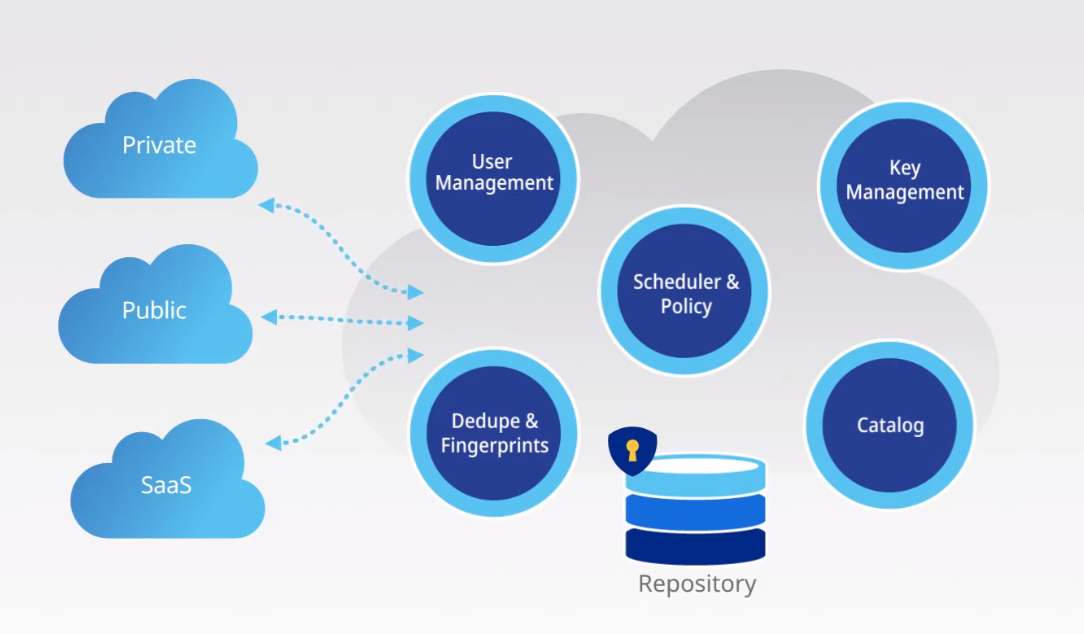Popular enterprise news and research site, The New Stack, is coming to TechCrunch Sessions: Enterprise on September 5 for a special Pancake & Podcast session with live Q&A featuring, you guessed it, delicious pancakes and awesome panelists!
Here’s the “short stack” of what’s going to happen:
- Pancake buffet opens at 7:45 am on Thursday, Sept. 5 at TC Sessions: Enterprise
- At 8:15 am the panel discussion/podcast kicks off, the topic, “The People and Technology You Need to Build a Modern Enterprise“
- After the discussion, the moderators will host a live audience Q&A session with the panelists
- Once the Q&A is done, attendees will get the chance to win some amazing raffle prizes
You can only take part in this fun pancake-breakfast podcast if you register for a ticket to TC Sessions: Enterprise. Use the code TNS30 to get 30% off the conference registration price!
Here’s the longer-versions of what’s going to happen:
At 8:15 a.m., The New Stack founder and Publisher Alex Williams takes the stage as the moderator and host of the panel discussion. Our topic for TC Sessions: Enterprise is The People and Technology You Need to Build a Modern Enterprise. We’ll start with intros of our panelists and then dive into the topic with Sid Sijbrandij, founder and CEO at GitLab, and Frederic Lardinois, enterprise reporter and editor at TechCrunch, as our initial panelists. More panelists to come!
Then it’s time for questions. Questions we could see getting asked (hint, hint): Who’s on your team? What makes a great technical team for the enterprise startup? What are the observations a journalist has about how the enterprise is changing? What about when the time comes for AI? Who will I need on my team?
And just before 9 a.m., we’ll pick a ticket out of the hat and announce our raffle winner. It’s the perfect way to start the day.
On a side note, the pancake breakfast discussion will be published as a podcast on The New Stack Analysts.
But there’s only one way to get a prize and network with fellow attendees, and that’s by registering for TC Sessions: Enterprise and joining us for a short stack with The New Stack. Tickets are now $349, but you can save 30% with code TNS30.



